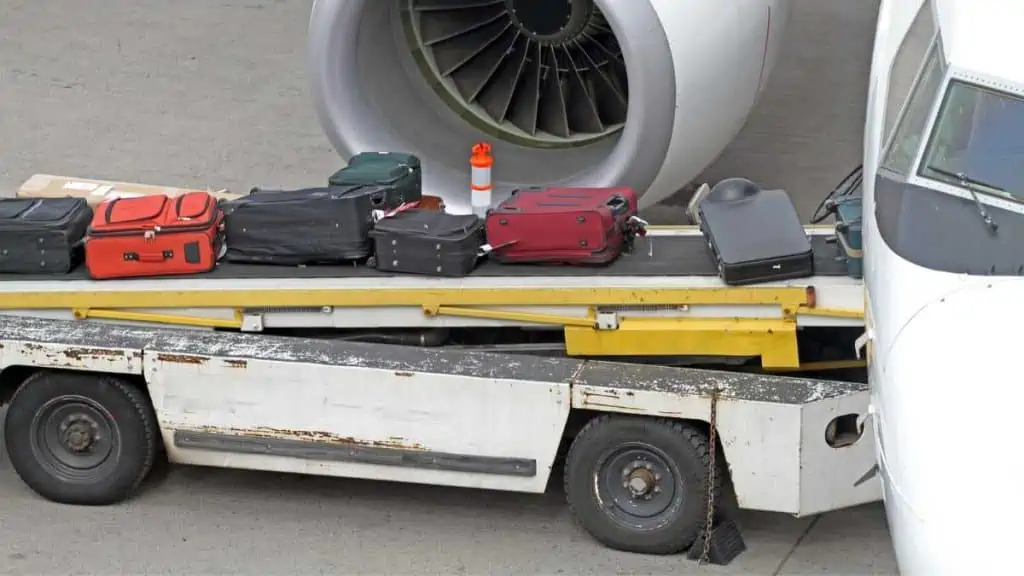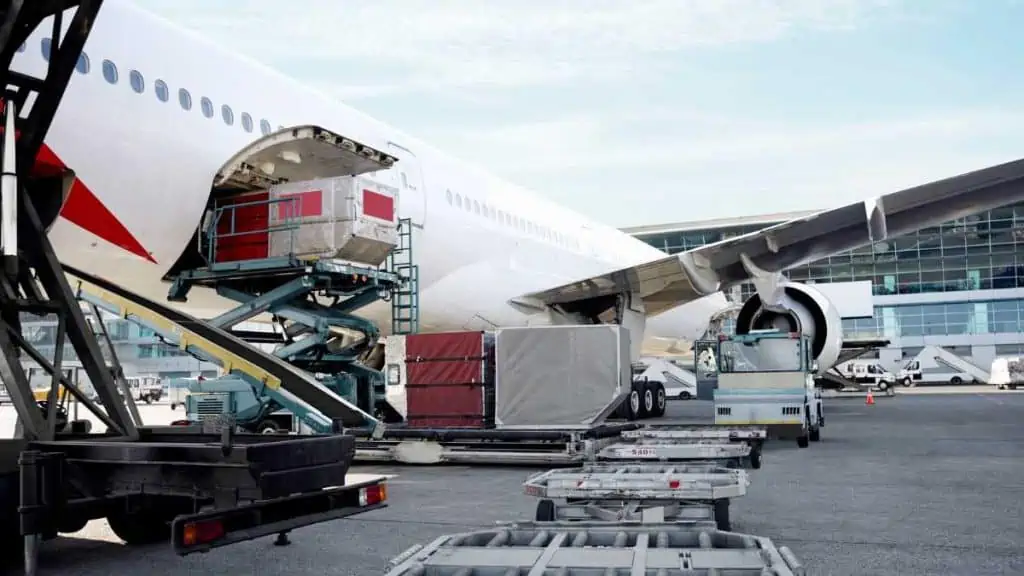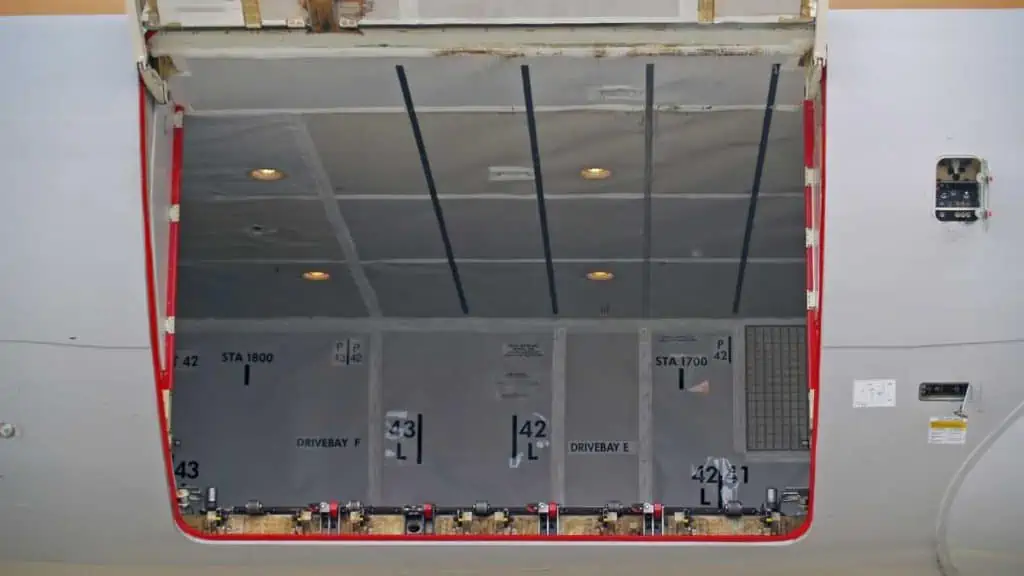When you think about air travel, you might not consider the temperature in the cargo hold of an airplane.
However, the temperature in this part of the plane can be an important factor, especially when it comes to transporting certain types of cargo, particularly animals.
In this article, we will explore how cold does the cargo hold of an airplane get, the factors that can affect the temperature, and how the temperature is regulated during a flight.

The Quick Answer: How cold is the cargo hold of an airplane? The cargo/baggage holds on most modern airliners are both pressurized and heated. The temperature is kept above 7ºC (45ºF) unless there are animals in the hold in which case the temperature will be kept between 18ºC and 24ºC (64ºF and 74ºF).
Contents
How cold does the cargo hold of an airplane get?
How cold does luggage get on a plane? The baggage holds on most modern passenger airliners are normally heated, at least to some degree. They may not be kept at the same temperature as the passenger cabin but they are normally kept well above freezing point.
If you think about it, if the passengers’ baggage was kept in a totally unheated area that was exposed to the outside air temperatures, which can be as low as -57ºC (-70ºF), then any liquids contained in their checked bags would freeze solid.
The containers they were in would most likely split or shatter, resulting in a terrible mess over the contents of the suitcase. This doesn’t happen, fortunately.

Factors affecting the temperature in airplane cargo hold
The temperature in a plane’s cargo hold can vary depending on a number of factors, including the type of aircraft, the length of the flight, and the external weather conditions at the cruising altitude.
Aircraft type
The type of plane can impact the temperature in the cargo hold.
For example, larger planes with more insulation may be able to maintain a more consistent temperature in the cargo hold compared to smaller planes.
In addition, newer planes are often equipped with more advanced temperature control systems that can better regulate the temperature in the cargo hold.
Flight duration
The length of the flight can also affect the temperature of the cargo hold.
On long flights, if the cargo hold is unheated, then the temperature will slowly drop the longer it is exposed to the lower outside air temperature.
On shorter flights, the temperature will not have the chance to drop as much before the aircraft descends to land.
Cruising altitude
During a flight, the temperature in the cargo hold is affected by the external temperature at the altitude at which the plane is flying.
Modern jets cruise much higher than older piston-engined aircraft. A jet will often cruise at up to 40,000ft where the air temperature can be as low as -70°F (-57°C) but an older piston-engined aircraft may only cruise at 15,000ft the temperature will only drop to -15C (5.5F).

Cargo hold heating
However, on many flights, the cargo hold is typically heated to prevent the temperature from dropping too low and potentially damaging the cargo and the baggage being transported.
There are a few different ways that the temperature in the cargo hold is regulated. One common method is through the use of heating elements or blankets. These can be placed around the cargo to keep it warm during the flight.
In addition, some planes have temperature control units that circulate warm or cool air throughout the cargo hold.
It is important to maintain a consistent temperature in the cargo hold to protect the integrity of the cargo being transported. Certain types of cargo, such as perishable goods or medical supplies, are sensitive to temperature changes and must be kept within a certain temperature range in order to remain safe and effective.
In addition to temperature control, the cargo hold is also equipped with other systems to ensure the safety and security of the cargo. These can include fire suppression systems, ventilation systems, and lighting.
Cargo aircraft hold temperatures
Purely cargo planes can often have unheated cargo areas.
Fedex state the following on their website regarding non-temperature controlled flights:
For general reference, temperatures aboard most wide-body aircraft main cargo compartments vary between 40º F (5º C) and 85º F (30º C).
Packages positioned in the bulk department, next to the aircraft’s outer structure, might be exposed to temperatures as low as 35º F (2º C) during flight, but could be subjected to temperatures as low as 20º F (-7º C) during international flights.
Fedex Freight Packaging Guidelines
In general, the temperature in a cargo hold is kept between -40°F (-40°C) and 80°F (27°C).
Final thoughts
Overall, the airplane cargo hold temperature can vary depending on a number of factors. While the temperature can drop significantly at high altitudes, the cargo hold is typically heated to protect the integrity of the cargo being transported.
Airlines must follow proper procedures and use the appropriate equipment to ensure that the temperature in the cargo hold is properly regulated and that the cargo is safe and secure.

I have been traveling around the world by air since the early 70s and living overseas too. I worked for British Airways for a number of years and I am also a private pilot. About Me


